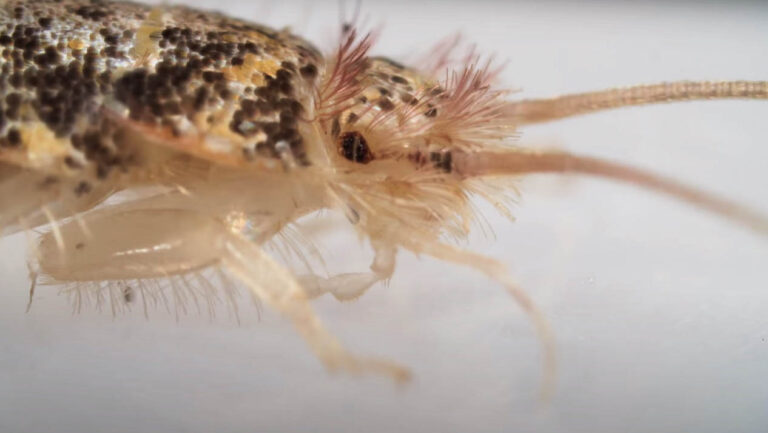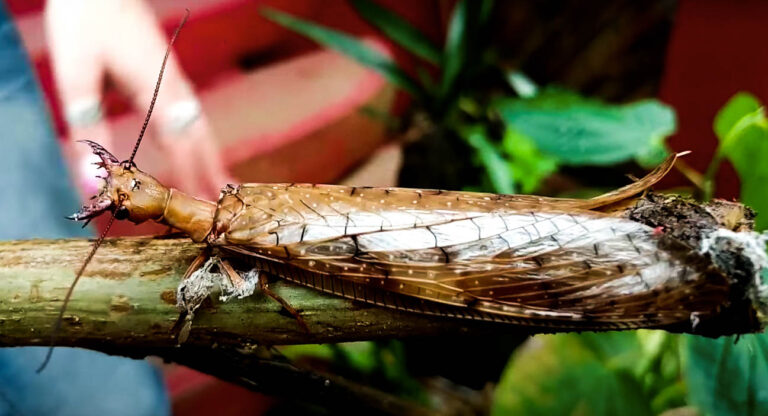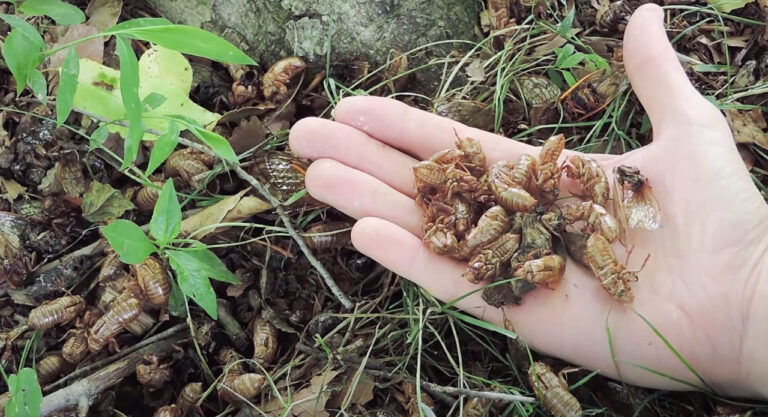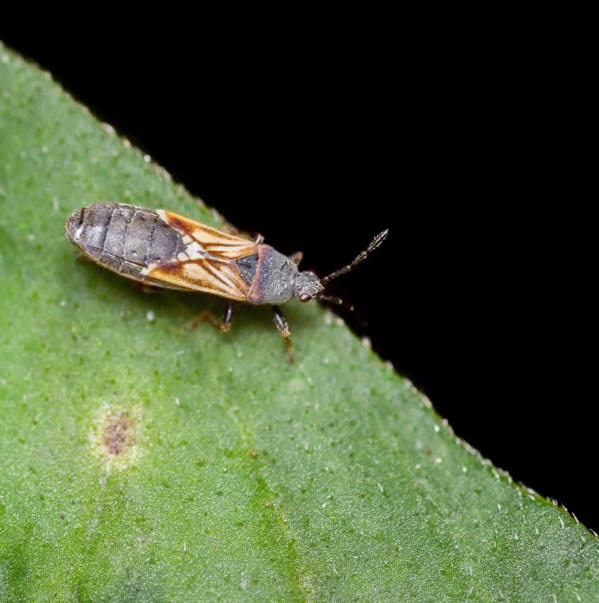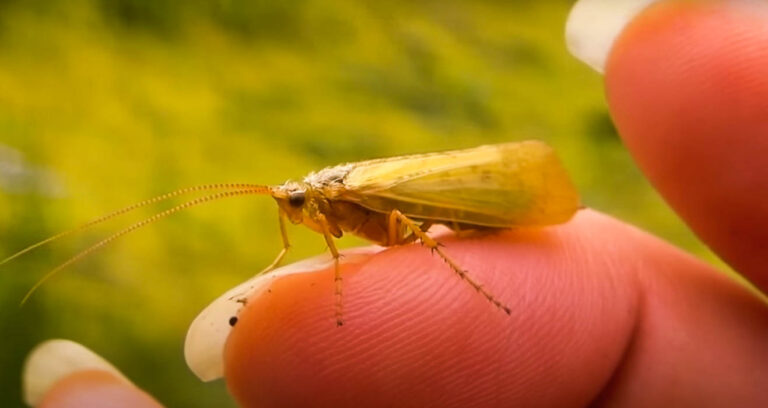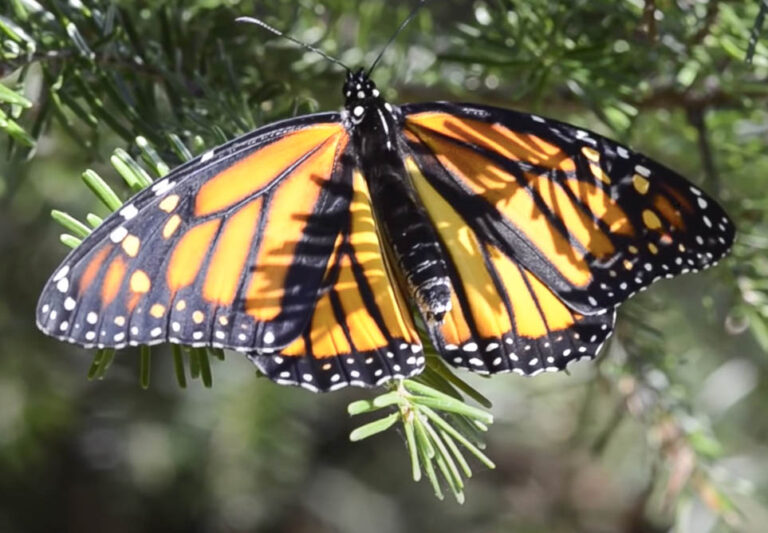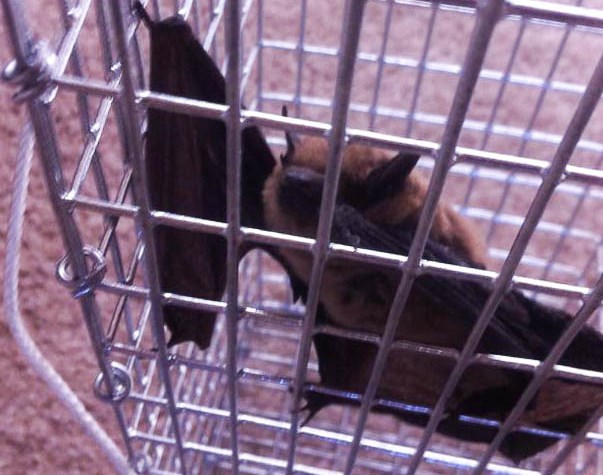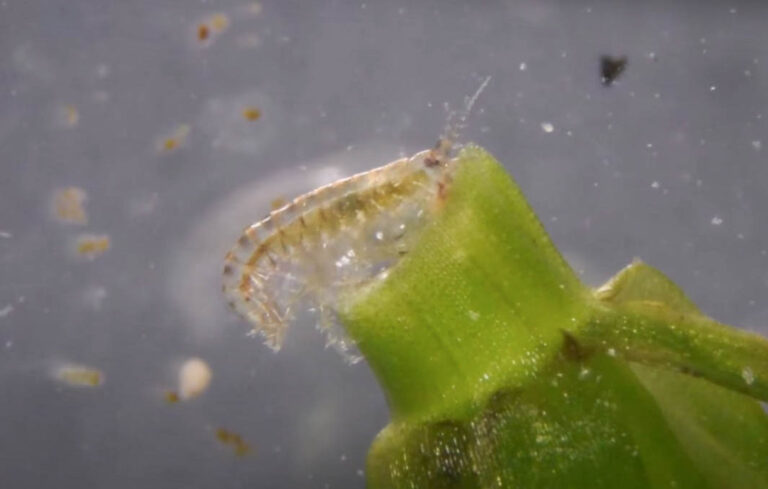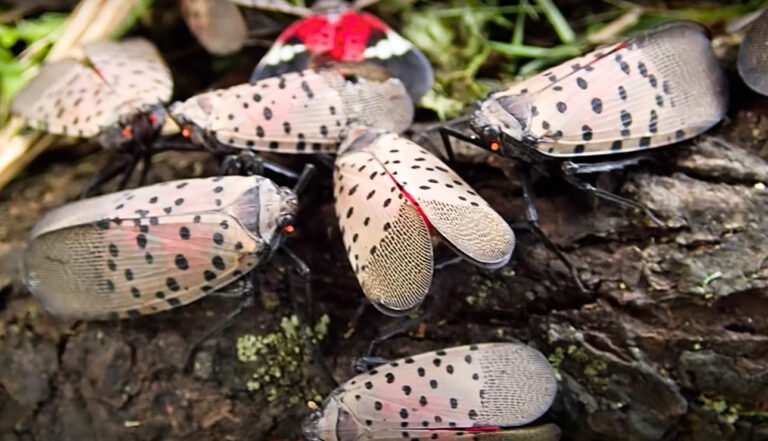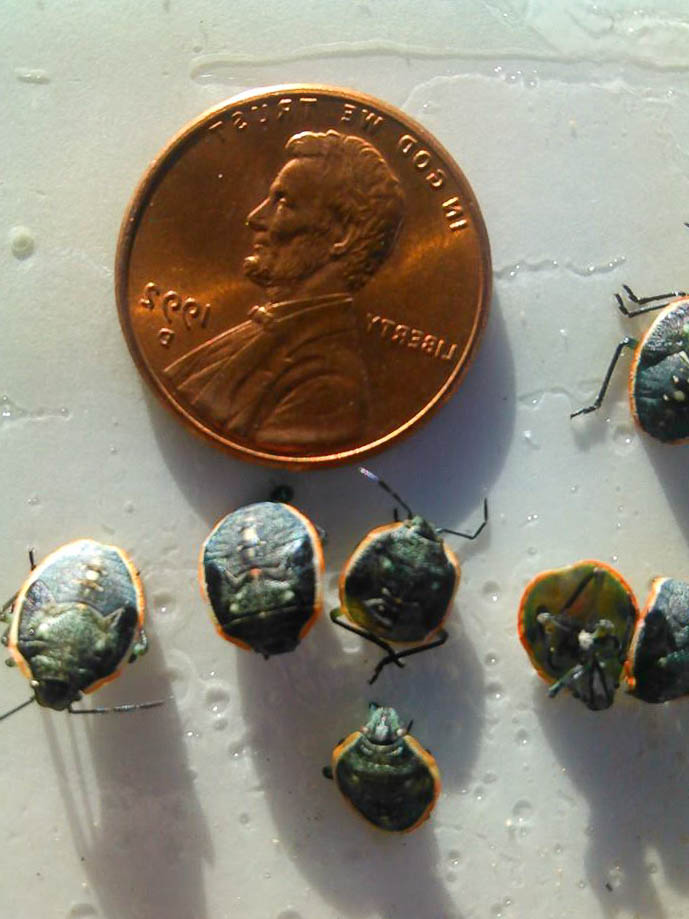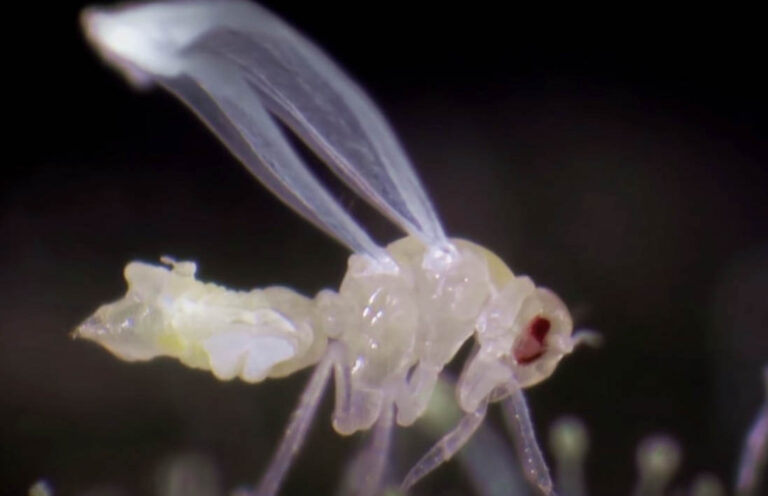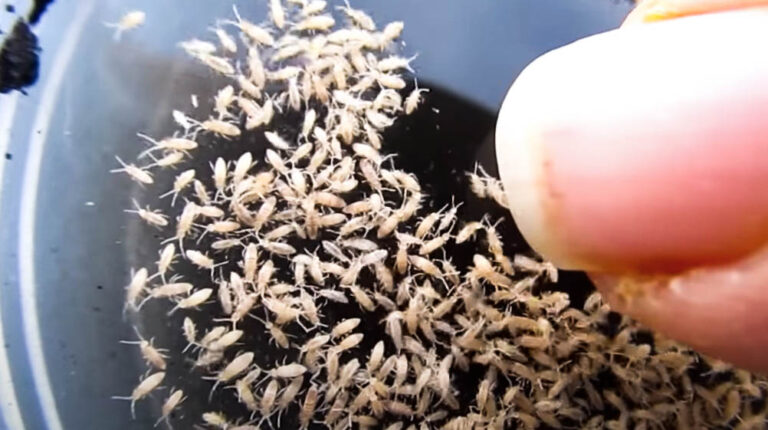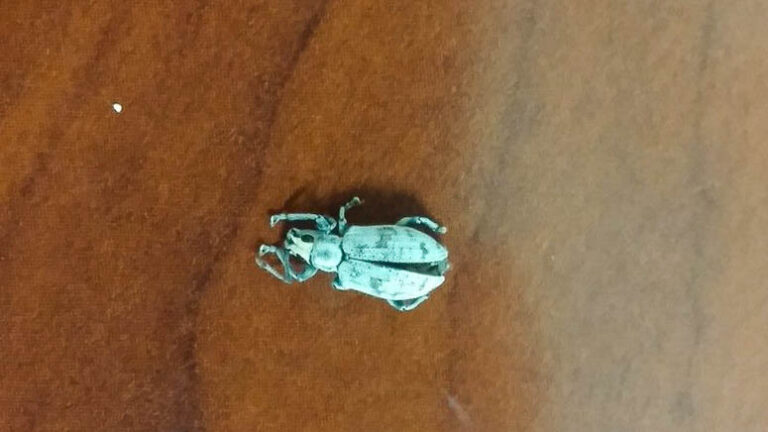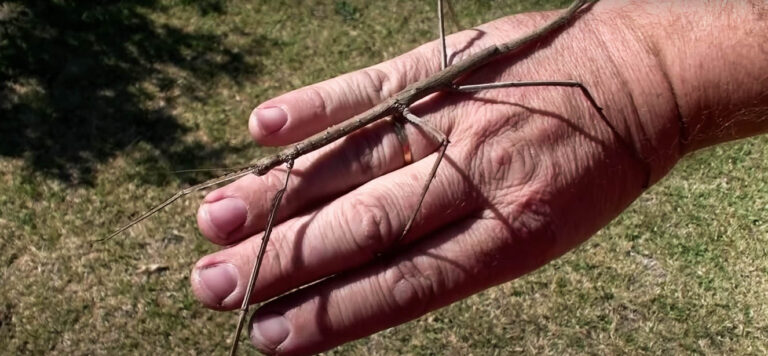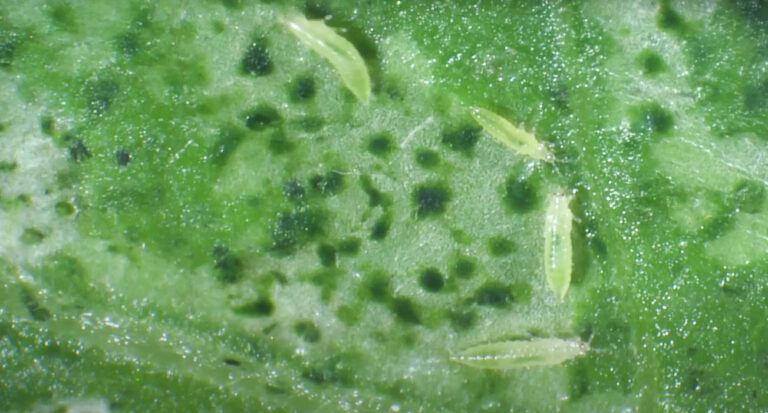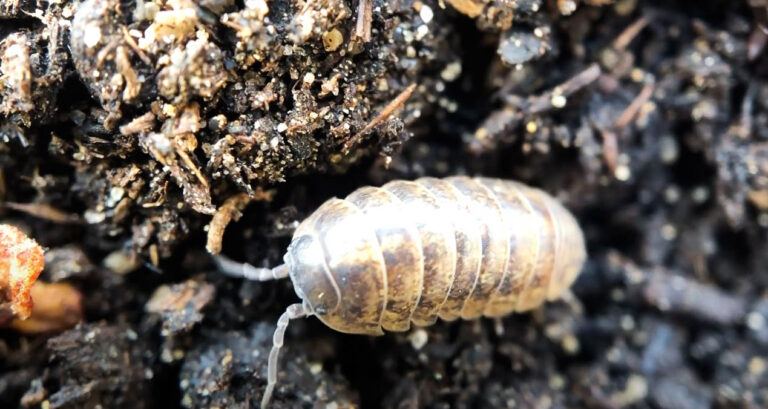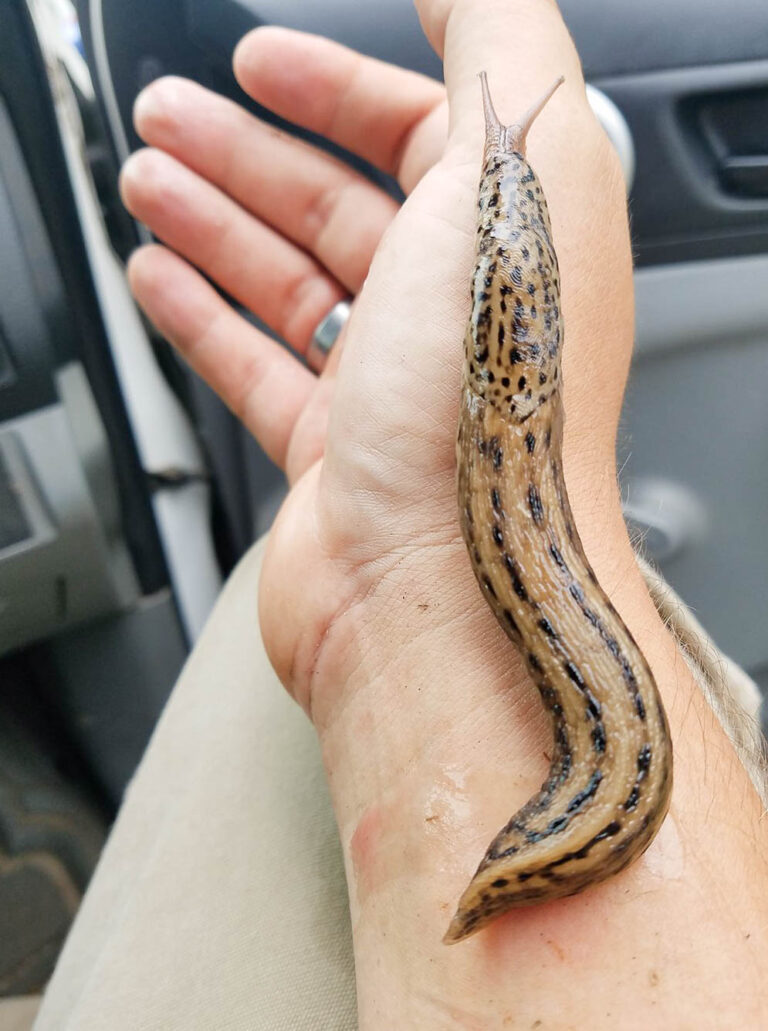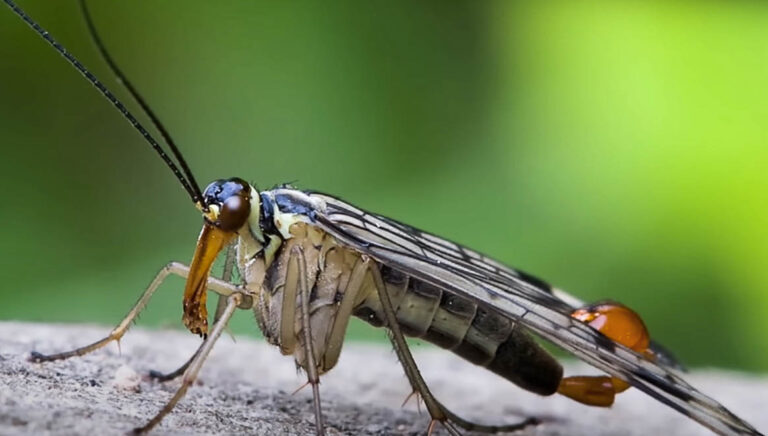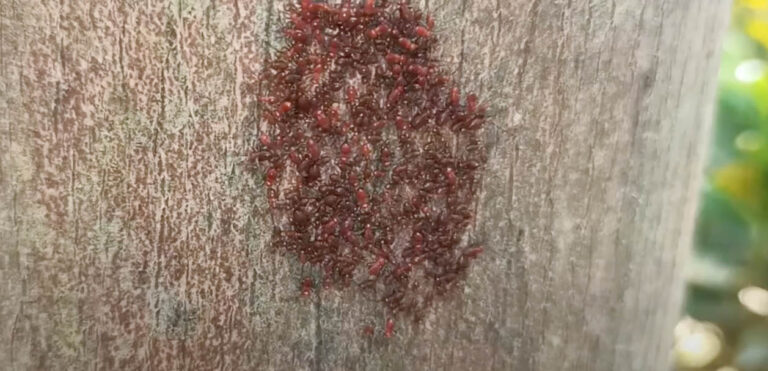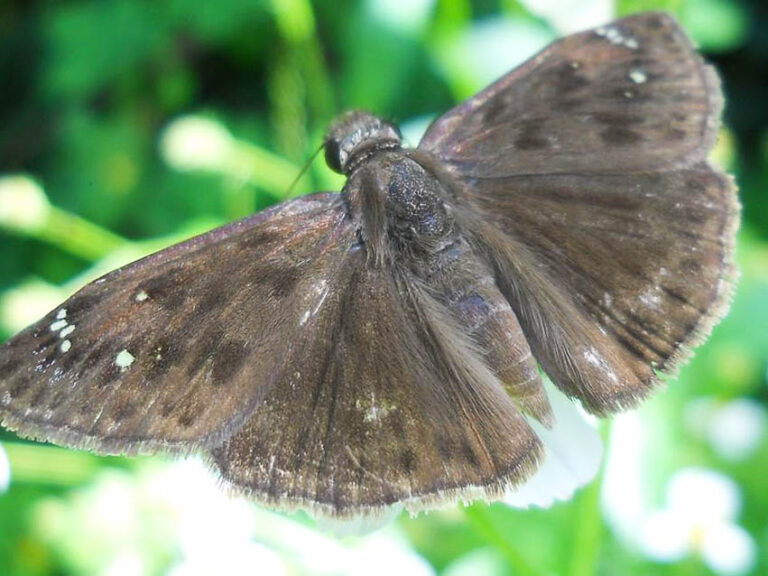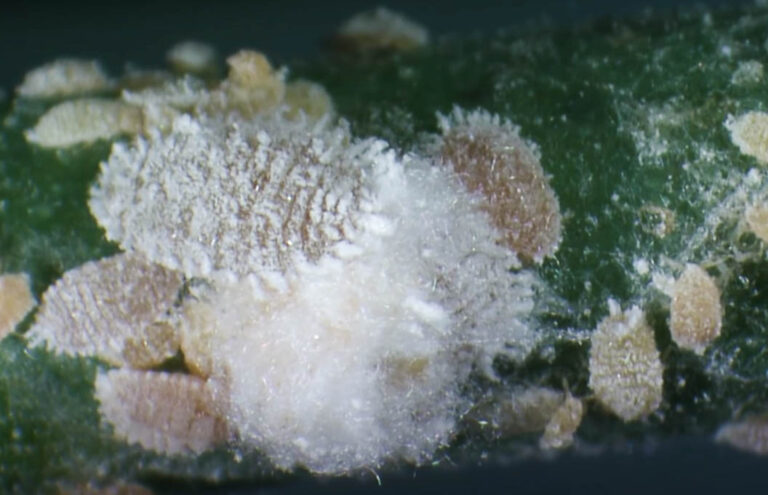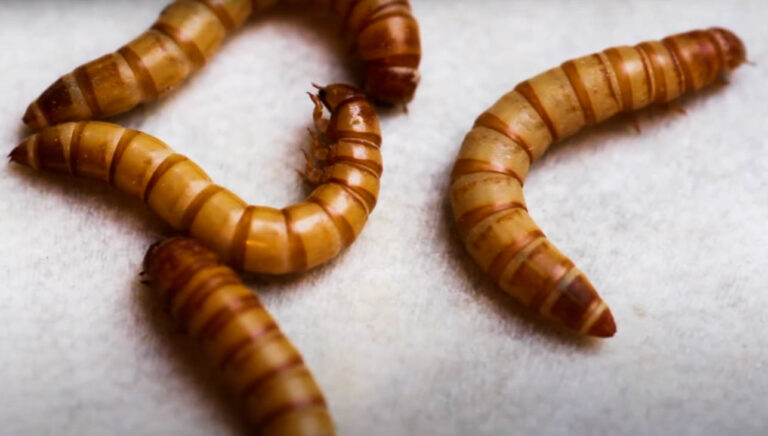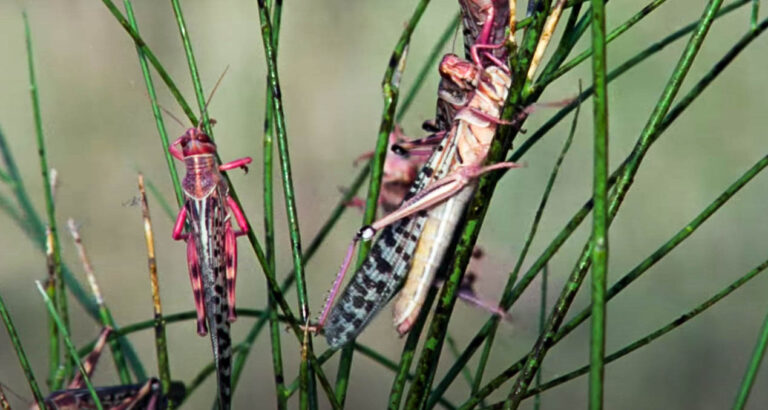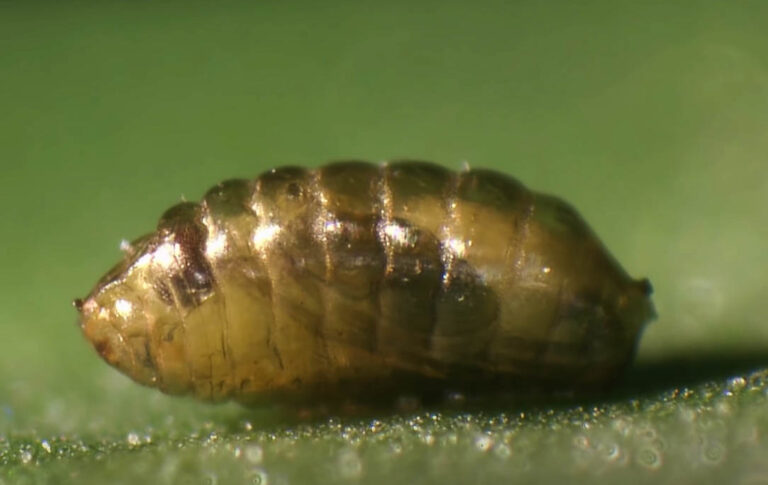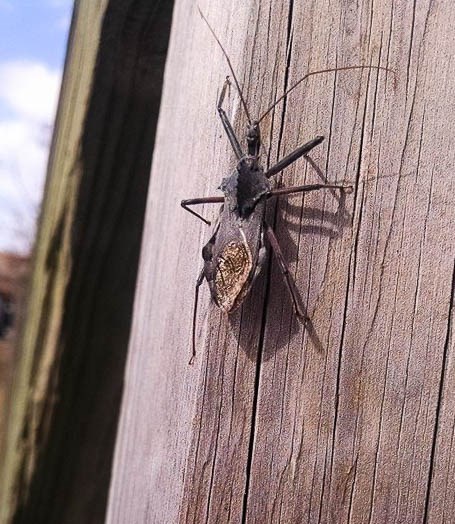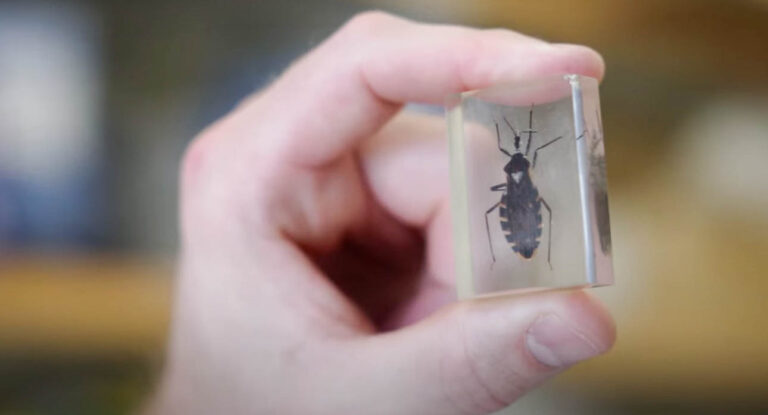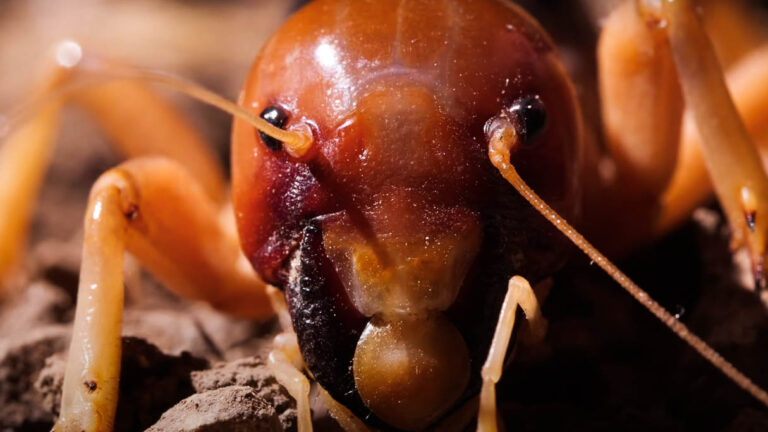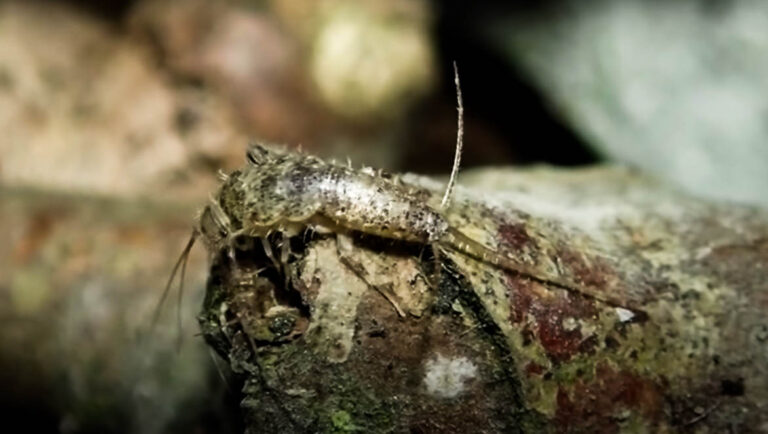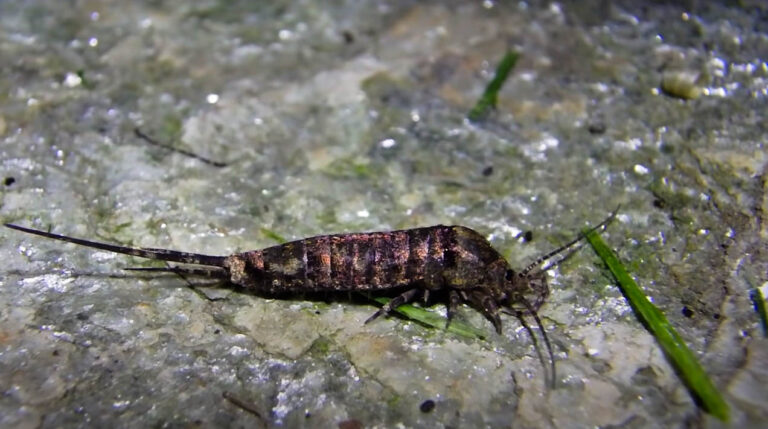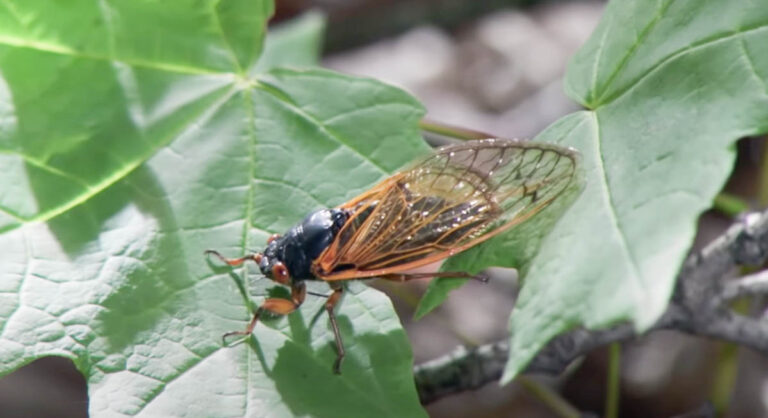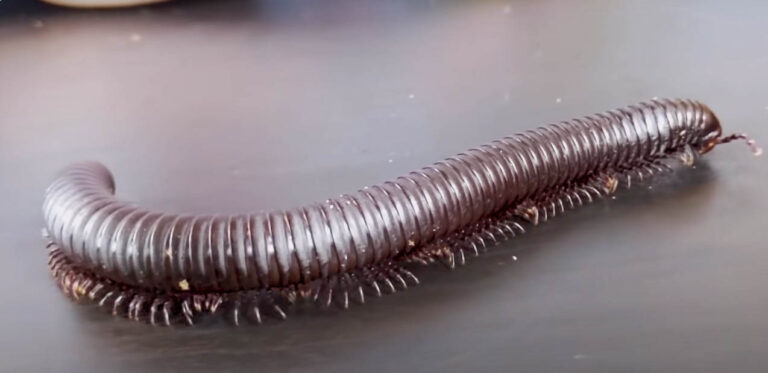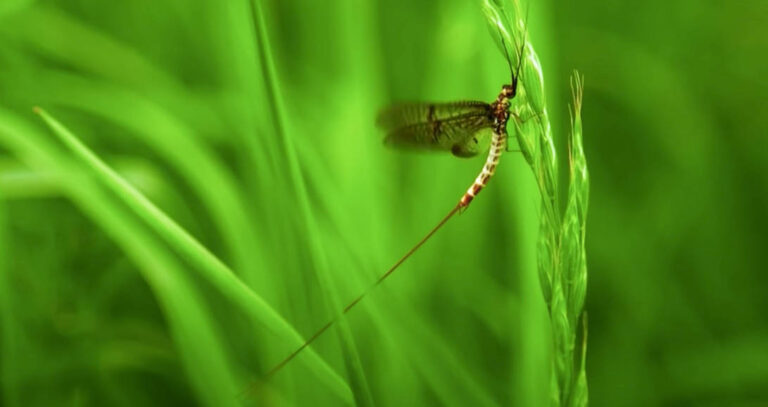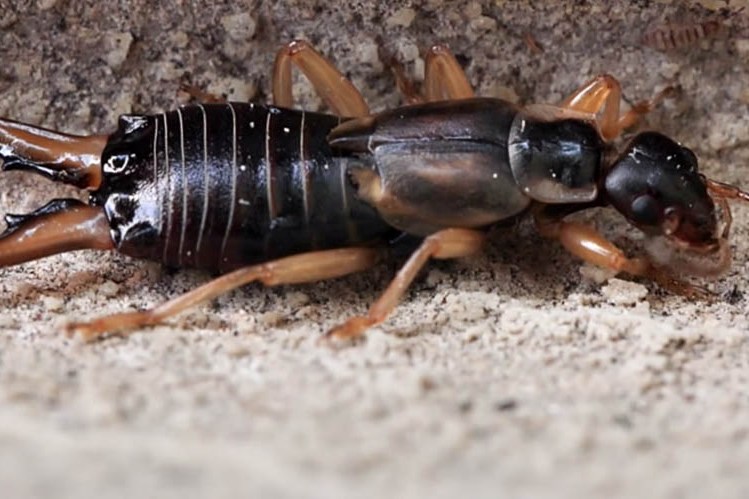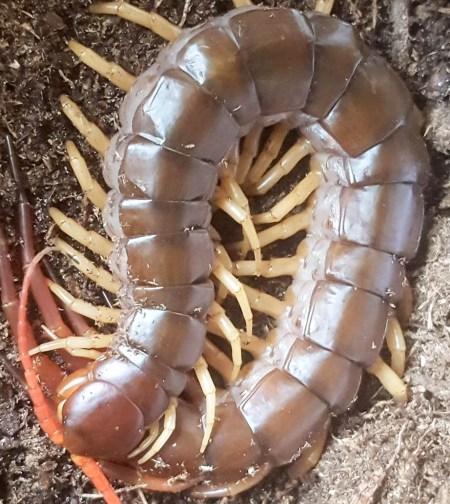About Caddisflies
About Caddisflies
If you are someone who has spent time in the outdoors and has noticed swarms of moth- like insects flying around bodies of water, odds are you have encountered the caddisfly. While they are primarily located around water, they have been known to infiltrate homes and buildings. If you are a fly fisherman or woman, odds are that you have used a caddisfly to try to catch fish with! Continue reading for more information about the caddisfly and how you can get them under control.
Appearance
Caddisflies are very hard to mistake for other insects, as they have a very unique body shape and defining characteristics. Their bodies are most commonly either tan or a light brown. Caddisflies have long and slender bodies that are anywhere from ¼” to an inch in length. They have angular wings that tend to make a pyramid type shape when they are folded up. These wings have a hairy texture and help give the caddisfly its distinctive appearance. There are two very long antennae that come out of their head that is about as long as their body.
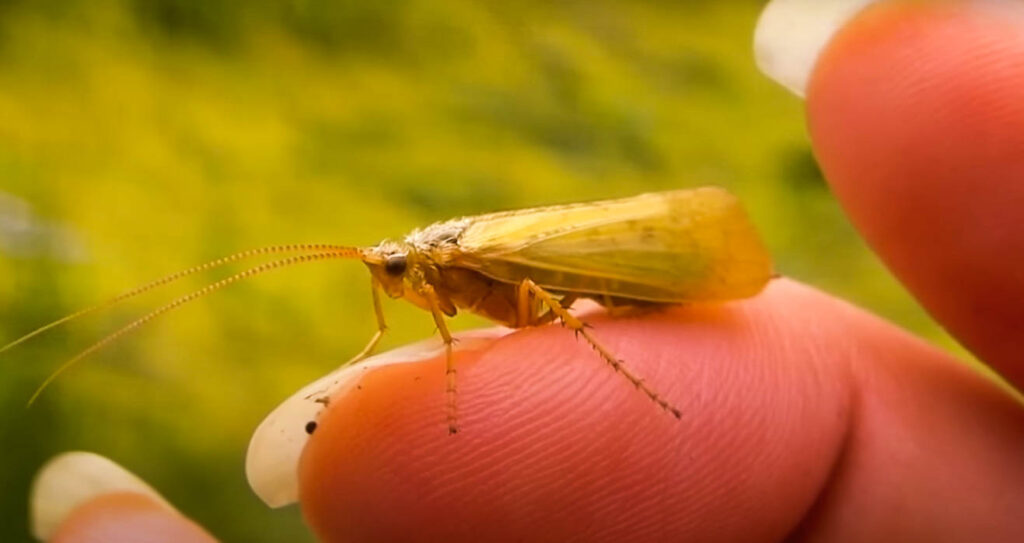
Behavior
The caddisfly is generally found around freshwater bodies and generally does not wander too far away from a moisture source. This fly loves to travel and buzz about in swarms, and it is rare that you will see them separated from a group. If there is a light source present, caddisflies will get close to it as quickly as they can, as they are highly attracted to any light source. Caddisflies make up an important role in ecosystems, as they serve as food for fish and other critters. When caddisfly larvae are born, they like to stay along the bottoms of lakes, ponds, and rivers. Caddisflies commonly eat detritus, such as fallen leaves and other dead plant matter.
Habitat
As mentioned before, caddisflies will always try to stay around bodies of fresh water, whether it is a pond, lake, or a stream. Adult caddisflies are terrestrial insects, but, because they enjoy the water, they like to live in and around the environment of their water source. The larvae of caddisflies prefer to live in water sources. Once in a while, the swarms of caddisflies will get away from the bodies of water and move up around people’s homes and properties whenever they see light.
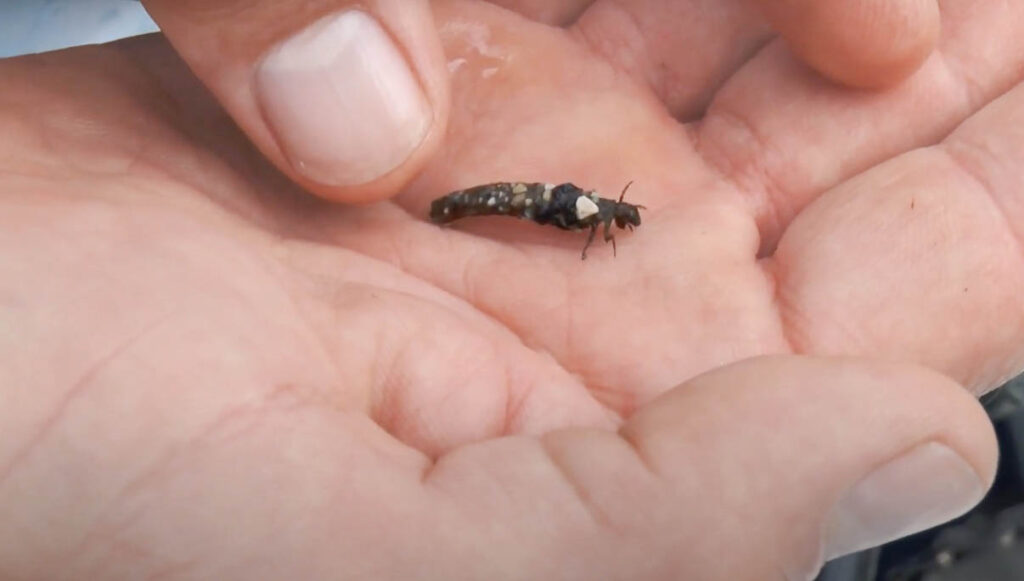
Damage They Cause
Caddisflies do not cause damage to anyone’s homes or possessions, so there is no need to worry about that. They can cause certain people to get allergic reactions or asthma when they are present. Other than this, they do not directly cause harm to anyone. Caddisflies are generally more of a nuisance than they are a true destructive pest. It is primarily for this reason that homeowners want to get rid of them.
Infestation Signs
Infestations inside of your house with caddisflies are rare, as they do not live for long inside. When you are looking for a caddisfly infestation outside, there are key places you should inspect. If you have any sources of moisture, search there first. Look in places such as pools or decorative bodies of water that caddisflies would frequent. Once you have inspected there, look around your patios, decks, driveways, and anywhere else. If they manage to get inside, look for them by any light sources, as they love lights.
How to Get Rid of Them
Infestations inside of your house with caddisflies are rare, as they do not live for long inside. When you are looking for a caddisfly infestation outside, there are key places you should inspect. If you have any sources of moisture, search there first. Look in places such as pools or decorative bodies of water that caddisflies would frequent. Once you have inspected there, look around your patios, decks, driveways, and anywhere else. If they manage to get inside, look for them by any light sources, as they love lights.

